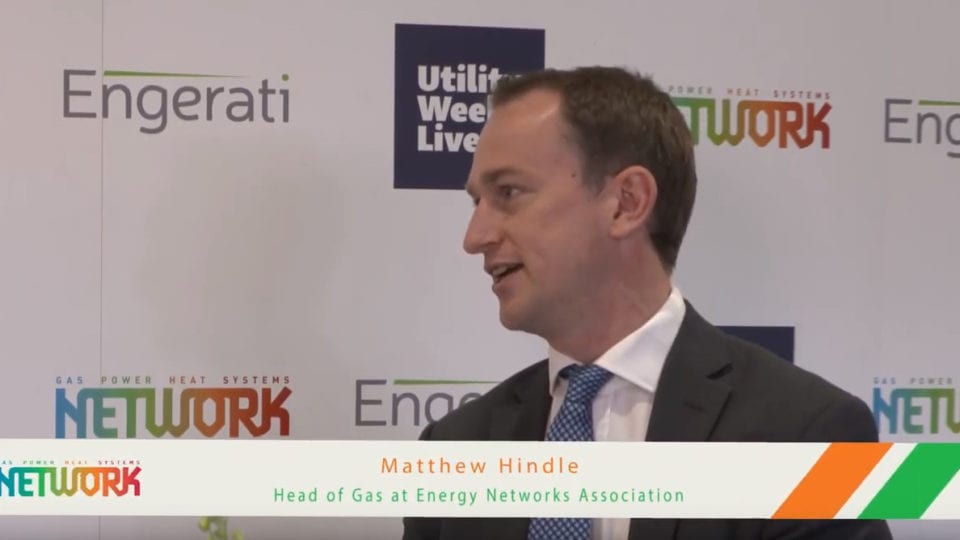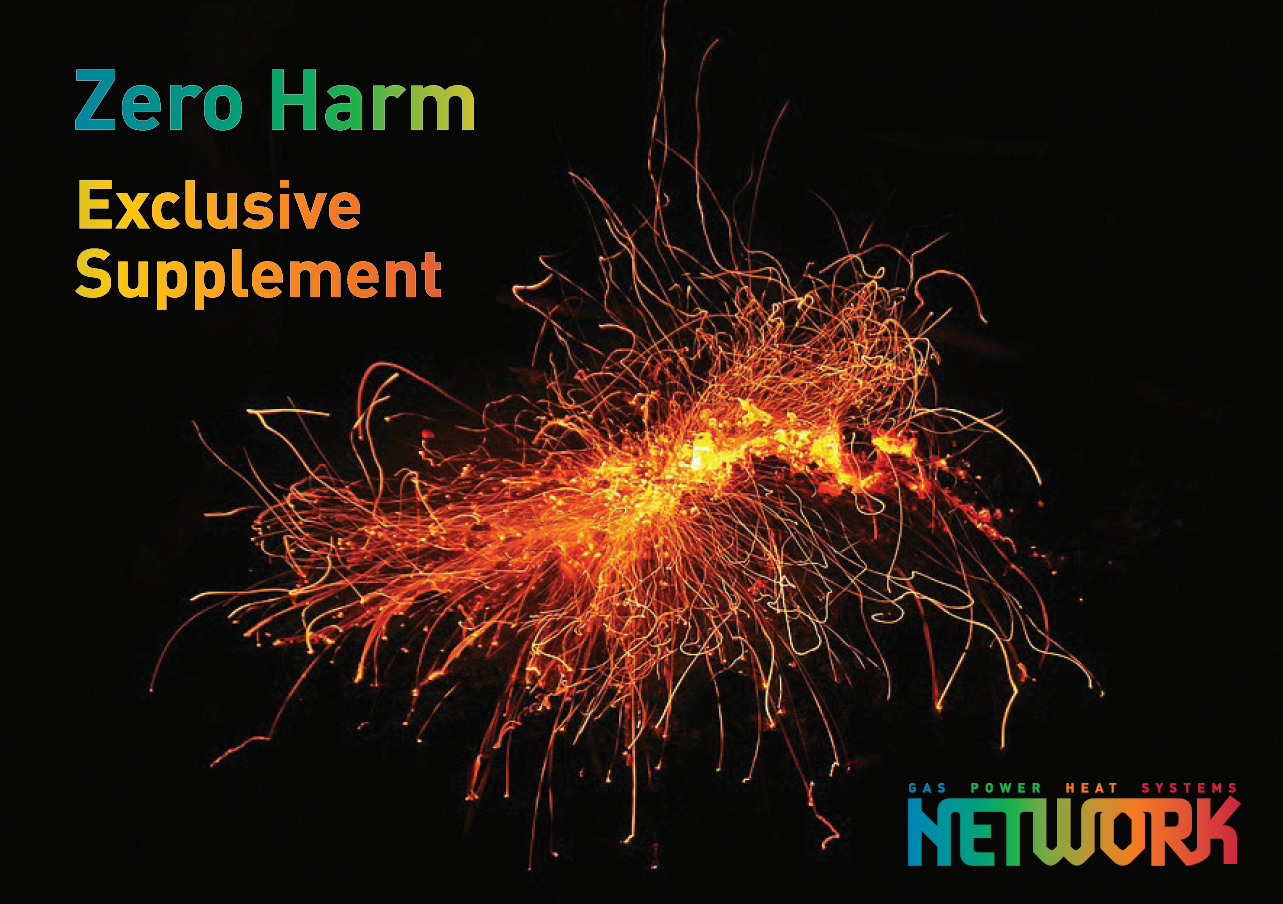Reflections: Future of Heat conference
The Network Future of Heat Conference demonstrated growing industry consensus at the start of a critical year for energy and heat policy.
4th March 2020 by Networks

Matthew Hindle, head of gas at ENA reflects on stand out content from Network’s second annual Future of Heat conference.
The Network Future of Heat Conference demonstrated growing industry consensus at the start of a critical year for energy and heat policy. By the end of 2020, we will be looking back on budget decisions, an Energy White Paper, a specific roadmap for heat and buildings, final network business plans for RIIO2 transmission and gas distribution, and of course COP26 in Glasgow.
With all this to come, you might expect strong advocacy from different technology interests. Instead, the enormity of the Net Zero heat challenge means that no ‘silver bullet’ solution is credible. Speakers and delegates from across the industry recognised that different housing types, consumer preferences, system costs, and regional options will all impact on the transition.
Of course, this presents a significant challenge for policy makers in itself. Pace is clearly necessary – Andy Parker from Calor pointed out there are significantly fewer minutes between now and 2050 than there are houses to convert to clean heating – and so is a strong national framework.
This needs flexibility for local approaches, and it needs to ensure fairness. It means considering the right balance in the roles of the taxpayer and bill payer. It means considering social equity, and geography – if some areas have access to solutions that others do not, or move at a different pace, how should we share costs?
Whatever your view of the ultimate technology mix, the within all of these questions the framework must deliver widespread energy efficiency.
If there is no ‘silver bullet’ for technology, neither is there for policy. What is clear, though, is that we need to take a whole systems approach that considers the relationships between gas, electricity, heat, transport, industry and more. In the short term, we must build on world-leading innovation in areas such as hydrogen blending and conversion for the gas networks, and trial heat technologies at scale to see the real impacts on carbon emissions and the energy system.
In that context, ENA was delighted to present the Pathways to Net Zero report at the conference. As the policy environment develops through 2020, we will be continuing our work to ensure that Gas Goes Green.
Comments
Login on register to comment
Related content

Gas
Cadent backs launch of major bio-CNG HGV refuelling station
Gas network’s £250,000 infrastructure investment ensures supplies to existing connected customers have not been impacted

Gas
Editor’s blog: The biggest tests of resilience are yet to come
Network content director Jane Gray reflects on the industry's coronavirus response to date and the challenges still to come.

Gas
From the front line: Chris Garside and Andy Simcoe, Northern Gas Networks
Key workers across the power and gas networks are playing a critical role in the national response to Coronavirus. Network has committed to profiling their stories.
Related supplier content
![‘Learning by doing’ on the road to net zero [test product]](https://networksonline.s3.amazonaws.com/products/images/3.jpg)
People & Skills
‘Learning by doing’ on the road to net zero [test product]
DSO director Andrew Roper discusses 'Learning by doing'

Heat
How E.ON. is helping the City of London become a zero emissions city
Discover Citigen. Deep in the heart of our bustling capital

Gas
Zero Harm supplement
'31.2 million working days were lost to work-related illness and workplace injury between 2016 and 2017' *(Health and Safety Executive)